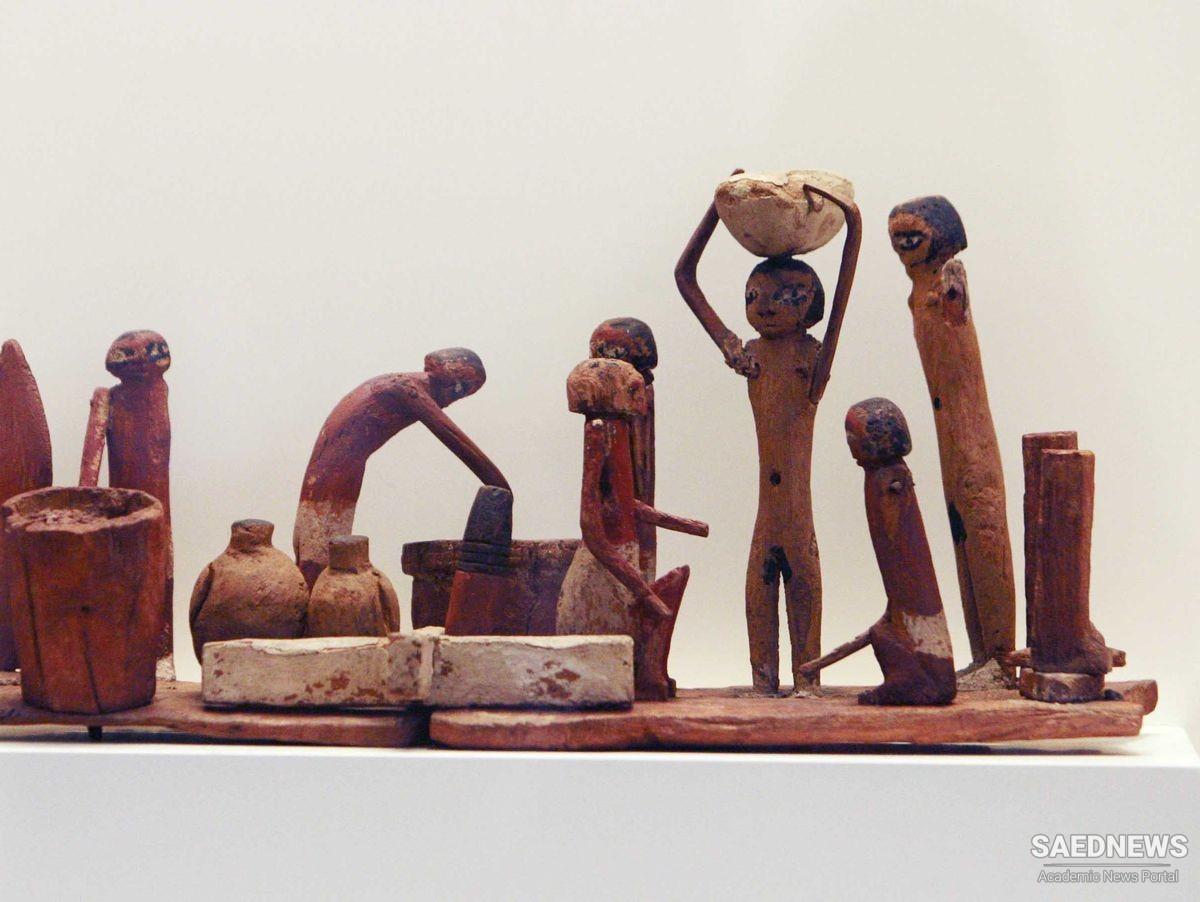Evidence indicates that the Middle East in general was one of the earliest areas in the Old World to experience what the Australian archaeologist V. Gordon Childe called the Neolithic revolution. That revolution witnessed the development of settled village agricultural life based firmly on the domestication of plants and animals. Iran has yielded much evidence on the history of these important developments. From the early Neolithic Period (sometimes called the Mesolithic, or Middle Stone Age) comes evidence of significant shifts in tool manufacture, settlement patterns, and subsistence methods, including the fumbling beginnings of domestication of both plants and animals, at such western Iranian sites as Āsīāb, Gūrān, Ganj Dareh (Ganj Darreh), and Ali Kosh. Similar developments in the Zagros Mountains, on the Iraqi side of the modern border, are also traceable at sites such as Karīm Shahīr and Zawi Chemi–Shanidar. This phase of early experimentation with sedentary life and domestication was soon followed by a period of fully developed village farming as defined at important Zagros sites such as Jarmo, Sarāb, upper Ali Kosh, and upper Gūrān. All these sites date wholly or in part to the 8th and 7th millennia BC (source: britanica).


 Ancient Persia: Paleolithic Era
Ancient Persia: Paleolithic Era














































